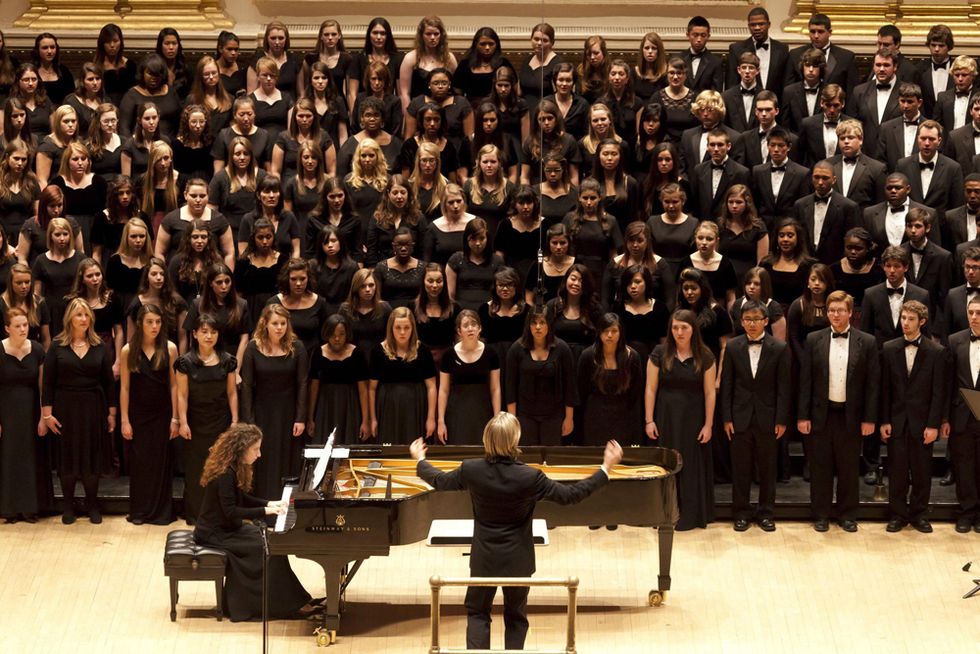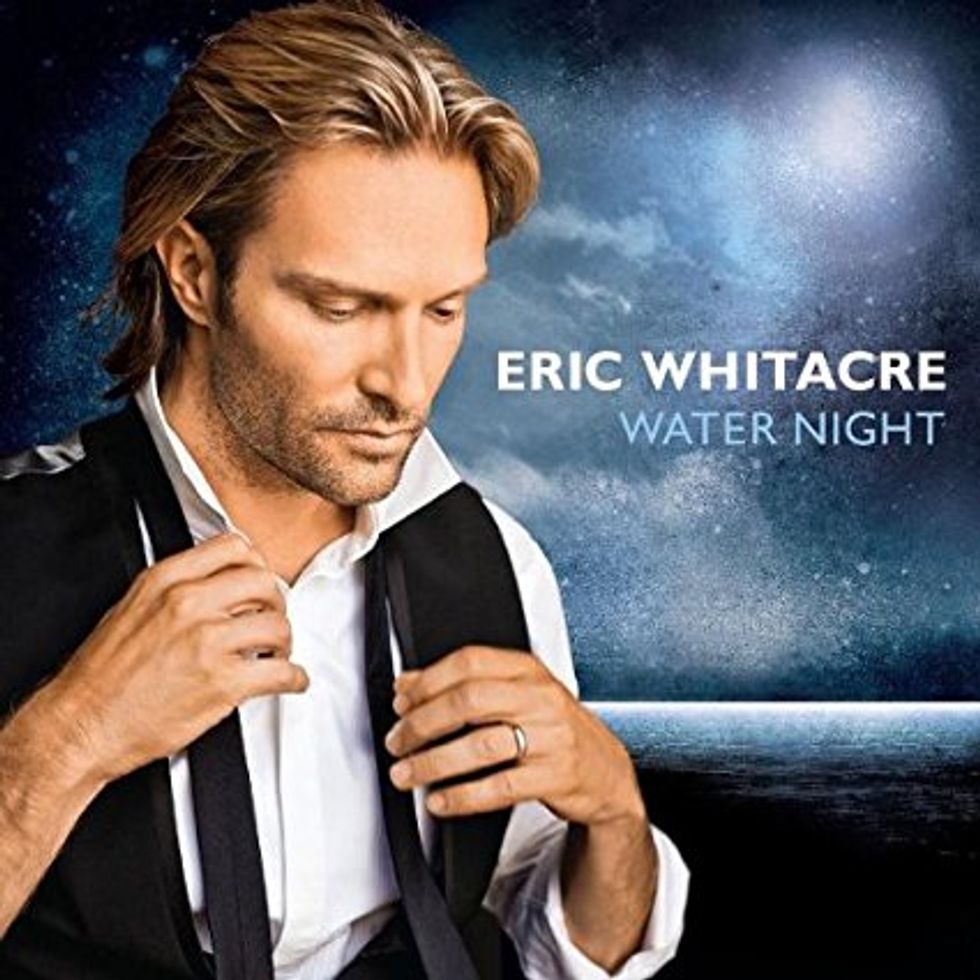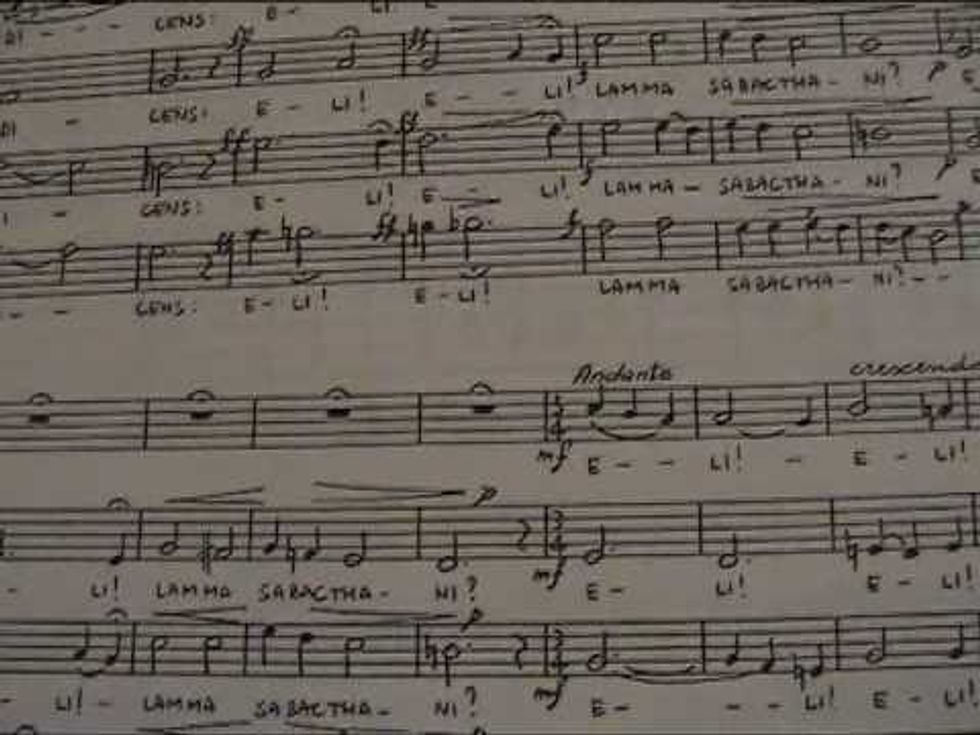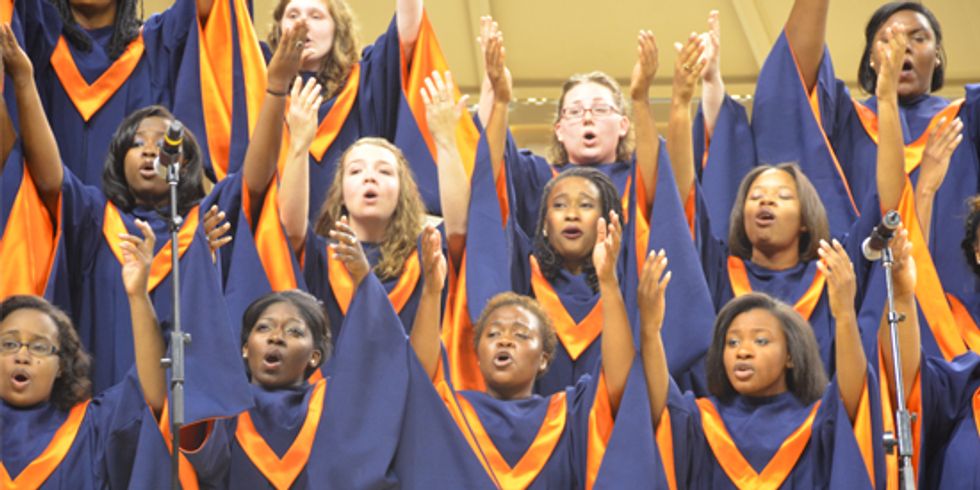If you say choir music just isn't your thing, I'll tell you you're missing out.
There's so much variety in the choral repertoire, far beyond "Hark! The Herald Angels Sing" and
"Watch Me Whip." Look hard enough, and you'll find some true gems, songs that'll bring you the shivers.
I'm not going to go deep into music theory, analyzing the tone clusters and Mixolydian scales and such in these songs. The main strategies these composers use are so straightforwardly effective that they can all be conveyed in layman terms. But the best way to understand them, of course, is to listen to them for yourself.
1. “Water Night”
The text itself, a poem translated from Spanish, certainly fits the bill of haunting beauty. But nobody really knows for sure what they're meant to represent. What I picture is a young couple sneaking out at night to visit a cold, deep pond, growing stronger in their love as they bond alone. As always, Whitacre paints this picture with his rich palette of clashing chords - the one that just takes my breath away is the “water” at 1:53.
Honestly, Eric Whitacre is the true epitome of haunting beauty in choral music. I could've churned out an entire list of his chilling compositions, but I feel like there are plenty more composers out there who deserve the celebrity status he's achieved.
2. “De Ton Reve Trop Plein”
This French song kept me on the edge of my seat when I heard another school perform it at a recent choir festival. It switches between a rapid Renaissance-style melody and lurid, drawn-out minor chords. While lyrical repetition is often scorned as lazy, as evidence that today's music has been going “downhill,” the trick with this song is that every reiteration of these two lines is somehow different, whether in pitch, volume, or tempo.
3. “Eli, Eli”
This solemn yet forceful Latin a cappella piece truly captures the agony of Jesus' sacrifice. The dramatic crescendos, downward slides, and pitch jumps deliver a strong blow to the heart of the listener, whereas the gentle, quiet, slightly clashing ending indicates a slow death. The listener is then unsure of when the song stopped and silence began, but can only sit there and ponder, awed and reverent. Fitting for an Easter mass, wouldn't you say?
4. “Sit Down, Servant”
Something feels odd about singing “My soul's so happy / I can't sit down” in a minor key. The purpose is clear, though. This isn't regular fleeting happiness; it's overwhelming, overpowering, humbling.
What's even more unusual about this song is the Soprano 1 melody toward the end - it's sung entirely above the staff, way at the top of these ladies’ ranges! While such high notes are not uncommon in advanced choir music, they're generally just single words, not whole sentences. So any director who'd consider this piece had better make sure that the soprano section won't screech that line. When executed well, it's basically crying out with joy and amazement.

























